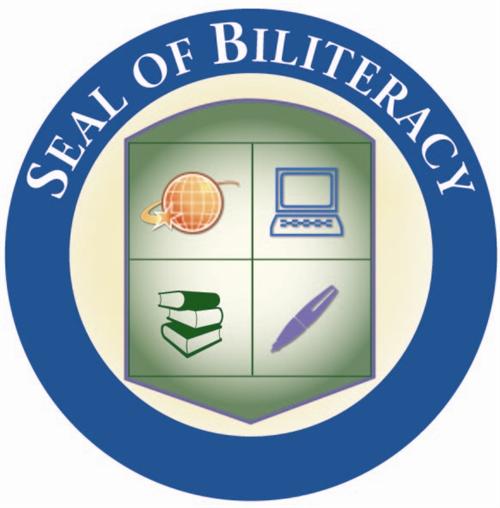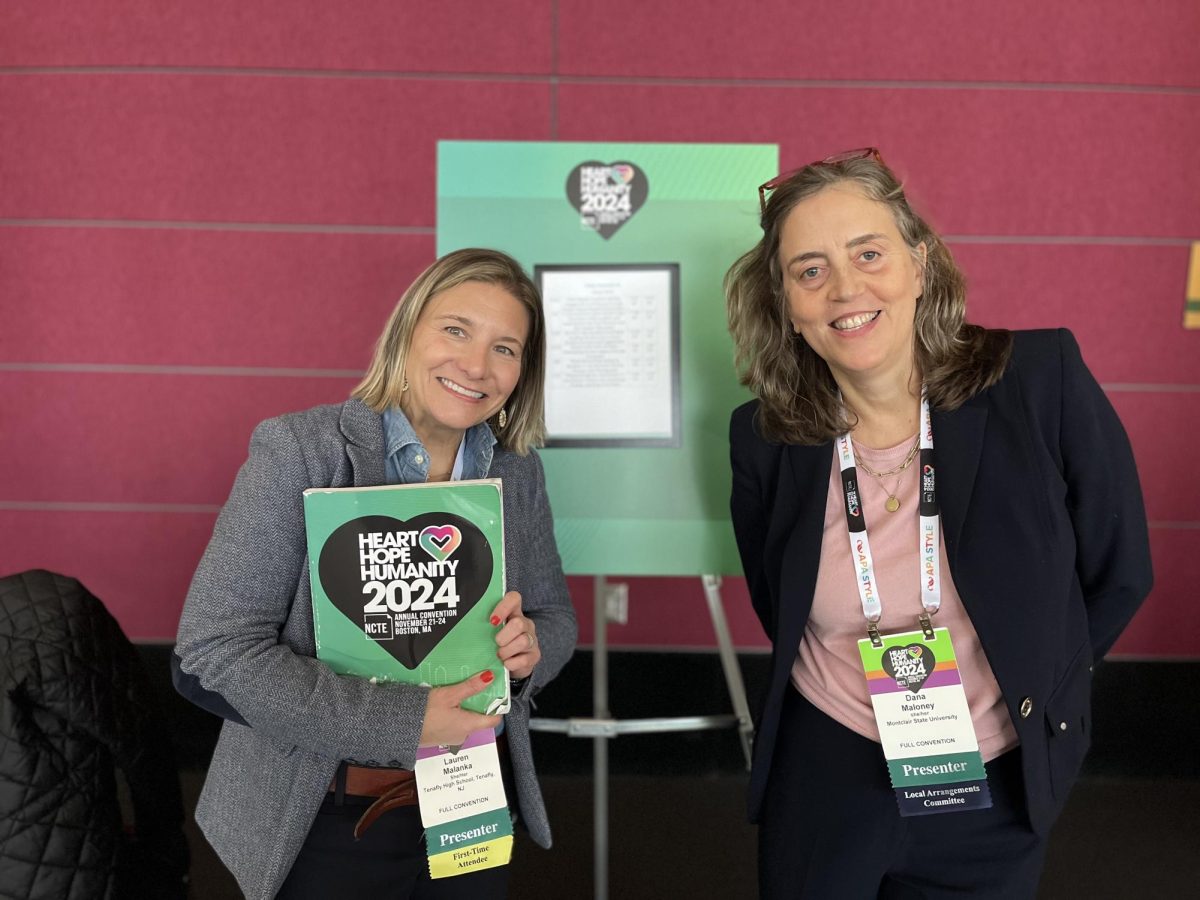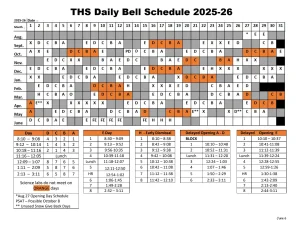The STAMP Exam: Testing Language Proficiency

The Seal of Biliteracy.
November 16, 2017
The school’s World Languages Department will be offering the Standard-based Measurement of Proficiency (STAMP) examination on December 4-8 during unit lunch for seniors who want to achieve the New Jersey Seal of Biliteracy before they graduate. The Seal of Biliteracy is awarded to students who pass the STAMP exam in four different categories that are tested for proficiency: listening, reading, writing, and speaking (approximately 40 minutes each). While the exam this December will only be for seniors, the language department plans to continue offering the exam for juniors this coming spring. For underclassmen who are interested in the exam and the Seal, what do both entail in terms of language proficiency? And what languages are available for students who wish to take the exam junior year?
The World Language Department began implementing the exam during the 2016-2017 school year (its pilot year). As of the end of that school year, 51 students passed the exam. However, last year was not the first time the school administered the exam. The STAMP exam had been a pilot program a few years ago when it began to market their tests. As of today, more than 20 states (including New Jersey) have adopted the Seal that awards students’ achievement of proficiency in two or more languages by the time they graduate from high school. However, it was during the last school year that juniors were eligible for the exam and for the Seal of Biliteracy in their senior year. Only juniors and seniors (second semester junior year and February of senior year) are eligible to take the exam. This is because the exam is designed to be an accurate measure of language proficiency when students graduate from high school.
The department began administering the exam because it wanted to provide students with an opportunity to showcase their language proficiency that they have built over their years in high school, to show that the school has a strong language program, and to promote the idea that the Seal of Biliteracy can serve as positive evidence of a skill in the workforce that colleges and employers value.
In addition, the department hopes that this exam and seal will demonstrate not only proficiency in languages offered at the school, but also celebrate the languages that make up its diverse community. “By offering the assessment for the Seal of Biliteracy, we are affording students the opportunity to not only showcase their growing proficiency in the languages we offer at THS, but we are also honoring our linguistic diversity at THS by offering the assessments in students’ heritage languages as well,” said Dr. Elizabeth Giblin, Supervisor of World Languages.
The STAMP exam will be offered in all languages taught at the school: Spanish, French, Italian, and Mandarin. Languages that are not taught—such as German, Japanese, Korean, Russian, and Hebrew—can also be tested upon request. Students interested in taking the exam in any of these languages can request it from Dr. Giblin.
In fact, students, if they so choose, can take more than one exam. “I’m really glad that I took the exam in three separate languages [Spanish, Italian, and Russian],” said Valerie Vengerov (‘18). “I feel that, while it may not be widely recognized as a standardized test throughout the country, it shows my wide range of abilities in a multitude of languages, and it shows colleges that I have something different to offer—something that sets me apart from other students.” Vengerov, on taking the exam for the Russian language—which involves a completely different alphabet called Cyrillic—, also said, “The Russian exam in itself was not difficult. But getting used to the Cyrillic keyboard was the actual difficult part. I think that, for me, all the tests were of equal difficulty and, overall, I’m glad that I took the time to take them.”
















































































































































